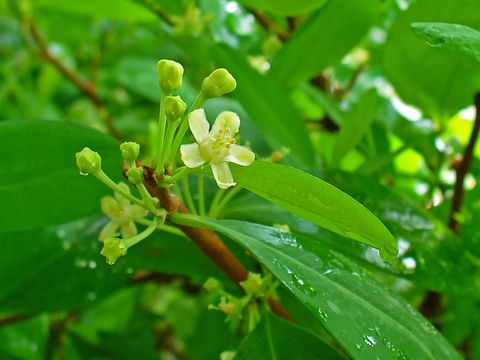Under construction
"The Frailejón (Espeletia schultzii) is well known for contributing to the world in water sustainability by capturing water vapor from passing clouds in its spongy trunk and releasing it through the roots into the soil, thus helping to create vast high-altitude subterranean water deposits and lakes that will eventually form rivers.”
Bernardo Pérez Salazar “Variations on the thoughts of a shaman about nature and human purpose "A shaman speaks his mind before officials who threaten to eradicate illegal coca crops in Colombia. Sustainability has to do with values, which cannot be dealt with as scientific or legalistic “truths”. It is a matter of learning how to manage our needs and aspirations in order to expand the possibilities of human development. […] What to do with nature is something to be contested in the public’s mind. Even in the face of depletion of the goods and services that flow from present stocks of natural assets, technology implicitly supports the belief that it brings safe and sustainable satisfaction of needs and aspirations. Yet a world of unlimited possibilities is a tricky appeal. It may lead us to reduce —not increase— the asset base which future generations will inherit. […]The trap lies in the idea of “optimal substitutability”. It increases the value of the capital stock available for income generation and is considered at present as an optimal path for accumulating assets. Yet it is possible that in the future, people may find other human potentials to be developed, not necessarily based on more abundant and perfected goods. If so, optimal substitution may no longer be an optimal accumulation path for coming geneeations. Technology in the future may allow people to reverse depletion. But it will be at a cost to those generations upon whom today’s values and parameters are being imposed. MamaCoca [2003]
Search database
El Páramo de Güargüa – An Andean Neotropical Mountain Grassland




